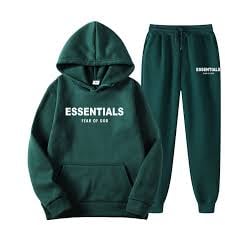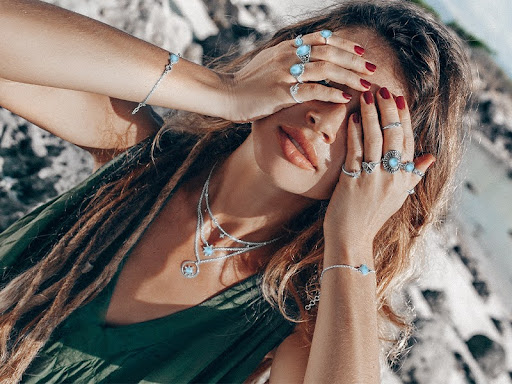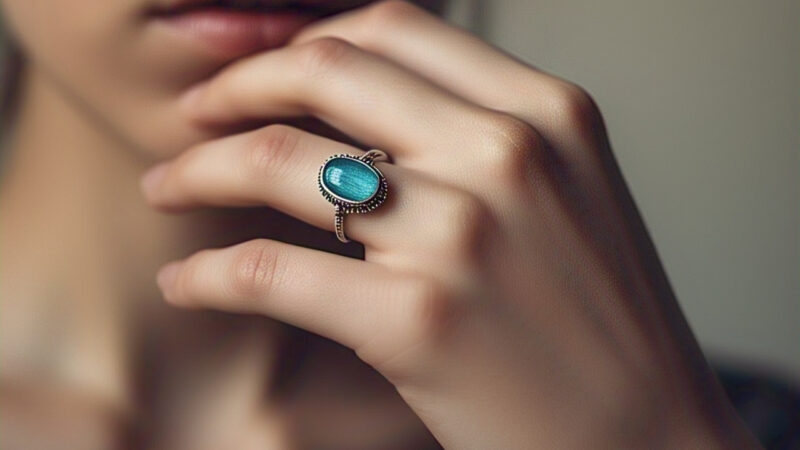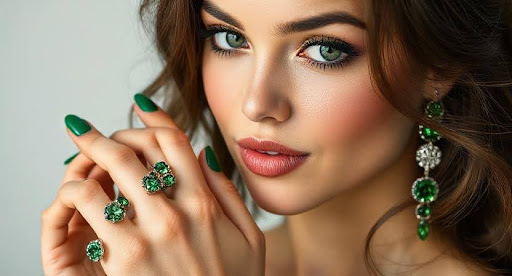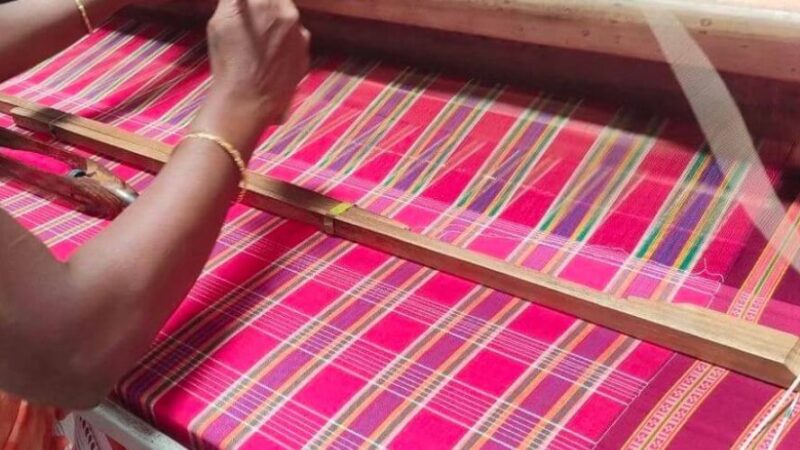Modi Clothes: How One Leader’s Wardrobe Redefined Indian Political Fashion

In Indian politics, few figures have managed to create a visual brand as striking and consistent as Prime Minister Narendra Modi. While many leaders worldwide are remembered for their speeches, policies, or controversies, Modi stands out not just for his political acumen but for his sartorial choices. “Modi clothes” have become a cultural phenomenon, influencing Indian menswear and even seeping into global fashion discussions.
The Evolution of Modi Clothes: From Simplicity to Signature Style
Narendra Modi’s style transformation is symbolic of his political journey. In his early political days, Modi was often seen wearing plain khadi kurtas and traditional attire, in line with the humble image of a grassroots leader. But as he rose through the ranks and became the Chief Minister of Gujarat, and eventually the Prime Minister of India, his wardrobe evolved to reflect power, precision, and a sense of modern Indian identity.
The keyword “Modi clothes” doesn’t just refer to one outfit—it refers to a distinct style formula that mixes tradition with subtle modernity. Modi has effectively turned his wardrobe into a tool for diplomacy, branding, and cultural storytelling.
Signature Elements of Modi Clothes
To understand why Modi clothes have made such an impact, it’s important to break down the signature elements of his style:
1. The Modi Kurta
Modi popularized a variation of the classic Indian kurta, now widely known as the “Modi kurta.” This shorter-than-usual version of the traditional garment is designed for comfort and mobility, while retaining a formal appearance. Usually crafted from khadi or handloom cotton, the Modi kurta is collarless or Mandarin-collared, often paired with a sleeveless Nehru jacket.
2. Nehru Jackets
Although the Nehru jacket predates Modi by decades, the Prime Minister has helped revive its popularity, especially among the youth. By frequently pairing it with kurtas in contrasting shades, Modi clothes have made the Nehru jacket trendy again. These jackets are tailored, minimalistic, and always crisp—reflecting an air of authority.
3. Color Palette
Modi clothes are characterized by a vibrant yet balanced color palette. From saffron to turquoise, pastel blues to maroon, Modi doesn’t shy away from colors that have cultural and political resonance. His choice of colors often aligns with the occasion—subdued tones for official state meetings, brighter hues for festivals and public rallies.
4. Accessories and Symbolism
Modi often uses his accessories to send subtle messages. His preference for traditional Indian textiles, watches, and stoles showcases his commitment to Indian craftsmanship and his Make in India initiative. Even the headgear he wears during cultural events—be it a Rajasthani safa or an Assamese gamusa—reflects regional respect and representation.
Modi Clothes as Political Messaging
Modi’s wardrobe is a masterclass in non-verbal communication. Each outfit is thoughtfully chosen to reflect the occasion, culture, or audience. For instance, when visiting a state with a strong cultural identity, he often dons traditional attire from that region. This not only connects him with the local populace but also sends a message of inclusiveness and cultural awareness.
One memorable instance was during the 2015 Republic Day parade, when Modi wore a vibrant, bandhej turban that became a trending topic online. His clothes often go viral, with social media buzzing over his choice of fabric, style, or regional representation.
The Modi Suit Controversy
While Modi clothes usually receive praise, they have also sparked debates. The most famous incident was the “Modi suit” controversy, where he wore a pinstriped suit with his name woven into the fabric during Barack Obama’s 2015 visit. Critics called it narcissistic, while supporters viewed it as a confident assertion of identity. The suit was later auctioned for over Rs 4.3 crore, with proceeds going to charity—another masterstroke in image management.
Modi Clothes and the Rise of Nationalist Fashion
Modi clothes have contributed to a resurgence in Indian handlooms and nationalist fashion. His visible preference for khadi and locally made fabrics has revived interest in these traditional textiles among younger generations. The Khadi and Village Industries Commission (KVIC) even reported a surge in khadi sales after Modi took office, attributing it partly to his personal endorsement.
What makes Modi clothes remarkable is their ability to blend simplicity with stature. While world leaders don tailored suits, Modi has created an image that is deeply rooted in Indian ethos yet looks international on the world stage.
Influence on Indian Men’s Fashion
The “Modi look” has trickled down to Indian fashion retail. Several brands now offer “Modi kurtas” and jackets inspired by his style. These clothes appeal to professionals, politicians, and even grooms seeking a more sophisticated ethnic look. Designers have noted a spike in demand for mandarin-collared jackets and khadi-inspired ensembles, especially around elections and national holidays.
This style has become a wardrobe staple not only among BJP supporters but also among people who admire Indian aesthetics. Modi clothes are not limited to a political identity—they represent a sense of pride in indigenous fashion.
Cultural Diplomacy Through Clothes
Modi’s clothes also play a role in diplomacy. On international visits, he often wears garments that subtly include design elements from the host country while keeping the Indian base intact. This fusion approach makes Modi clothes a soft-power tool, expressing respect for other cultures while upholding Indian traditions.
Whether he’s in Japan or the United States, Modi’s fashion sense ensures that he is always dressed to reflect India’s evolving image—modern yet rooted, traditional yet progressive.
Criticism and Praise: A Balanced View
While supporters applaud Modi’s fashion for boosting local industries and redefining political style, critics argue that too much attention is paid to his clothing choices rather than policy matters. Some see the emphasis on Modi clothes as an exercise in optics and branding rather than substance.
However, in a media-driven world where visuals matter immensely, image-building cannot be separated from political strategy. Whether one supports or opposes him, there’s no denying that Modi clothes have successfully created a recognizable and influential personal brand.
The Business of Modi Clothes
The popularity of Modi clothes has turned into a cottage industry. From small-scale khadi weavers to premium boutique designers, many are cashing in on the “Modi effect.” Online platforms now sell Modi jackets, Modi kurtas, and even replicas of his iconic stoles. During election season, demand spikes further as politicians and supporters alike emulate his style.
This boom supports the local economy and brings traditional Indian craftsmanship to the forefront. It’s an indirect yet impactful way Modi clothes contribute to the larger vision of economic self-reliance.
Conclusion: More Than Just Clothes
Modi clothes are more than garments—they’re a blend of symbolism, politics, and personal branding. Through strategic style choices, Narendra Modi has managed to shape a unique political image that is both contemporary and deeply Indian.
In an era where image is everything, Modi clothes remind us that what a leader wears can influence how they are perceived—not just by their nation, but by the world. Whether it’s a handspun kurta or a tailored jacket, each outfit tells a story of cultural pride, political savvy, and personal vision.

